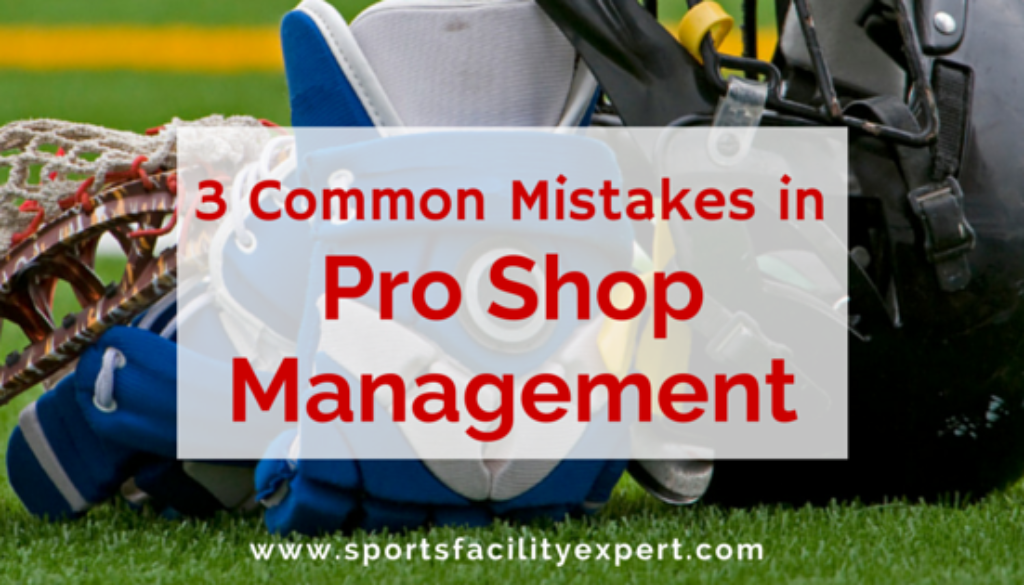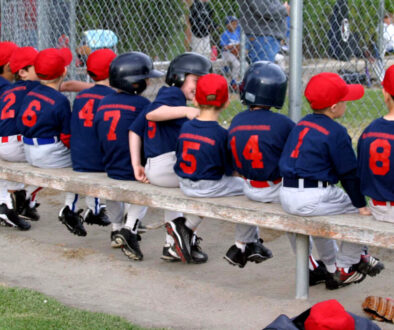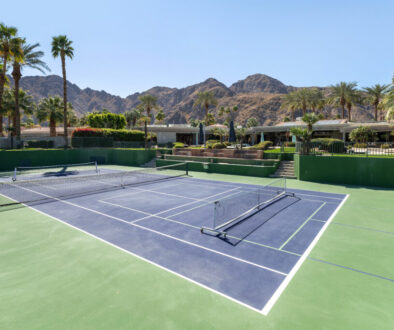3 Common Pro Shop Management Mistakes
How to Run a Pro-Shop at Your Sports Facility
Selling retail can be a great way to diversify your business and boost profits.
If you don’t have the space or time to manage a full store within your academy, you can still sell a few small products (I sell Powerstrips, for example) or even just take orders directly on behalf of a manufacturer for a commission.
But if you’re interested in making retail a serious revenue stream for your sports complex or academy, read on: These are the biggest mistakes I’ve noticed sports facility and sports complex owners make in pro shop management.
1. Letting Personal Preferences Guide Product Selection
You might find a product that you absolutely love and that you know your clients should be using, but that doesn’t mean it will sell well in your pro shop.
As an owner or manager, you spend a lot of time interacting with customers and coaches, so you may feel like you already have a great grasp of what they would like to buy.
Don’t assume! Confirm your ideas by asking customers directly for their thoughts. Here are a few ways to do that:
- Conduct a survey via email
- Ask clients for their opinions during lessons
- Have a Demo Day with a product you’re considering carrying
Remember, not everyone who acts interested will actually buy. They may feel pressured to share in your enthusiasm if you ask them in person, or they might be convinced that they would buy it, but still never actually pull the trigger on a purchase.
That’s why, although preliminary research is nice, actual sales data is much better — but you need to avoid the next mistake in the list:
2. Ordering too Much Product Up Front
The last thing you want is for inventory to sit for weeks or months, taking up valuable space and depreciating in value.
Until you’re confident that any given product will sell well, it’s better to make small orders that are likely to sell out. (My eSoft Planner point of sale software clients can stock their pro shops from selected vendors with no minimum orders.)
3. Not Tracking Inventory
If you don’t track inventory, there’s no easy way to know when you’re running low on products, which products have been the most popular or the most profitable, or even which products aren’t selling well.
However, many managers and owners just don’t bother tracking inventory — mostly because it can become very tedious.
The solution: Use software that tracks inventory automatically as purchases are made in real time.
Most POS systems, including the one my own company built for sports facilities, send reorder notifications that tell you when your product levels are getting low and have a robust reporting system you can use to plan future purchases and promotions.
Want to know more pro shop managenet best practices? Here are 4 ways to BOOST your pro shop revenue.



